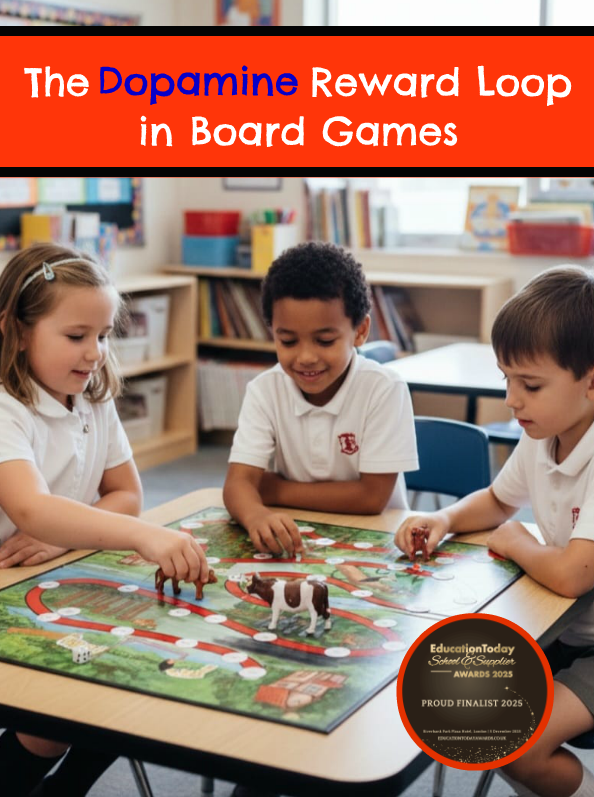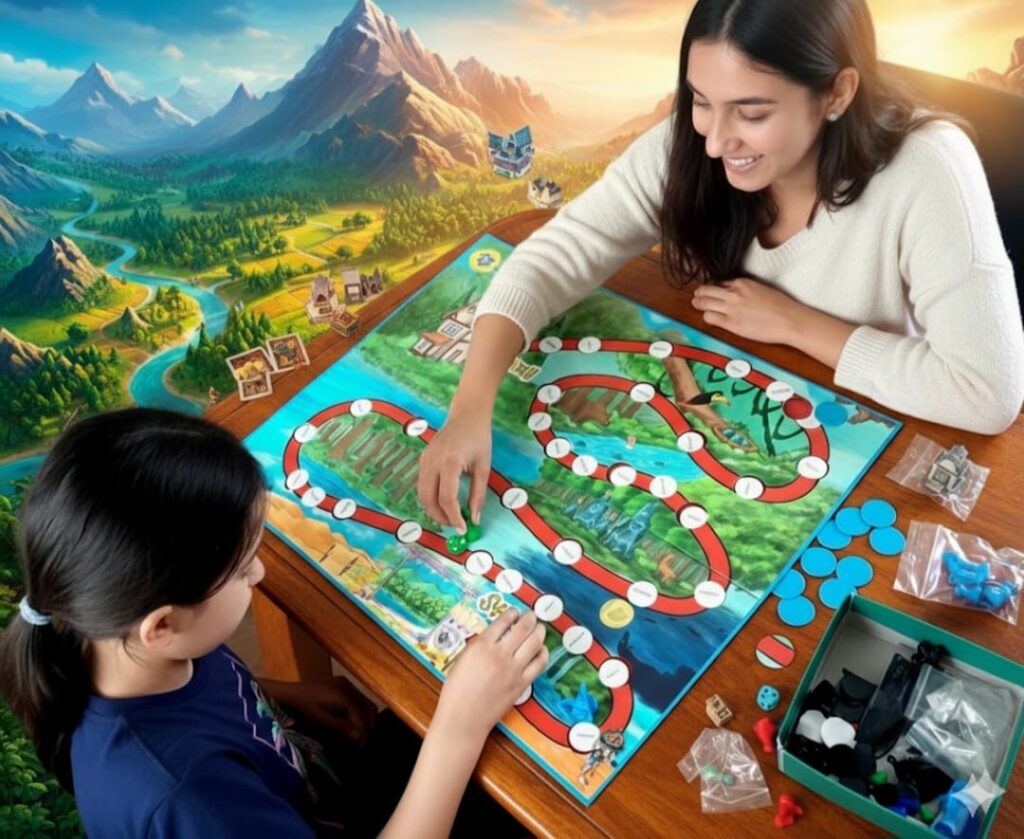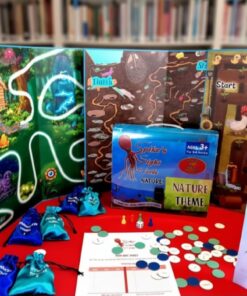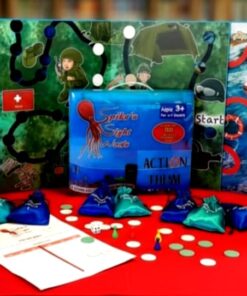
Educational board games leverage the brain’s dopamine reward system by providing engaging challenges and regular feedback, which boosts motivation, facilitates learning and memory, and encourages repeated engagement. This creates a self-reinforcing feedback loop that makes learning feel satisfying.
The Mechanism of the Dopamine Reward Loop in Games
The dopamine reward loop is a cycle where an action or behavior leads to a rewarding outcome, triggering the release of dopamine, a neurotransmitter associated with motivation and the “wanting” of a reward. This pleasurable sensation increases the desire to repeat the action, thus reinforcing the behavior and promoting learning.
Educational board games integrate this loop through several design elements:
- Clear, Achievable Goals and Challenges: Games establish explicit rules and goals (e.g., reaching the end of a path, answering a question correctly, collecting a certain number of resources) that are challenging but achievable. The anticipation of achieving these goals triggers dopamine release.
- Immediate and Specific Feedback: Unlike traditional schooling methods where feedback might be delayed, board games provide immediate, concrete feedback on progress, such as earning points, moving a token, or acquiring a new card. These small, frequent successes activate the reward pathway.
- Element of Uncertainty and Variable Rewards: Incorporating elements of chance (like dice rolls or drawing cards) can create “variable ratio schedules of reinforcement,” which are particularly effective at stimulating dopamine spikes and sustaining engagement because the exact outcome is not always guaranteed.
- Sense of Mastery and Progress: As players develop strategies and overcome obstacles, they gain a sense of competence and mastery (often referred to as fiero or “triumph over adversity”). This intrinsic reward is a powerful motivator for long-term learning and continued play.
- Social Interaction: Cooperative or competitive play with peers can activate social reward pathways, making the experience more engaging and memorable

Educational Impact
By harnessing the dopamine reward loop, educational board games can:
- Enhance Motivation: The anticipation and reception of rewards encourage students to tackle new challenges and persist with difficult tasks.
- Improve Memory and Retention: Dopamine release strengthens neural connections and modulates the function of the hippocampus, a brain region critical for memory formation. This means information learned while the reward system is engaged is more likely to be retained.
- Increase Engagement and Focus: The game structure can capture attention and maintain focus, which is particularly beneficial for students who might struggle with engagement in traditional classroom settings (e.g., those with ADHD).
- Foster Intrinsic Motivation: By designing games that make the process of learning itself rewarding, rather than solely relying on external rewards, educators can help students develop a lasting appreciation for knowledge.

Application in Educational Board Games
Educational board games are designed to harness this loop for effective learning by:
- Establishing Clear, Achievable Goals: Games set explicit rules and immediate, clear objectives, which makes progress visible and provides frequent opportunities for dopamine release.
- Providing Immediate Feedback: Unlike traditional learning which may have delayed results (e.g., a test weeks later), board games offer immediate results (e.g., moving a piece, earning points), reinforcing the desired learning behavior instantly.
- Encouraging Repetition: The drive to repeat the satisfying actions means players engage with the educational content (e.g., math problems, vocabulary, historical facts) multiple times without it feeling like a chore.
- Balancing Challenge and Skill: The most effective games provide an optimal level of challenge—neither too easy (which provides little satisfaction) nor too difficult (which leads to frustration). This balance keeps players in a state of “flow” and sustained engagement.
- Using Variable Rewards: Introducing elements of chance (like dice rolls or drawing cards) can create variable reward schedules, which are highly effective at maintaining player interest and engagement over time.
By integrating learning within this engaging, reward-driven framework, educational board games can make the acquisition of knowledge a naturally motivating and enjoyable process.
HAVE A LOOK AT OUR AWARD-WINNING EDUCATIONAL BOARD GAMES










